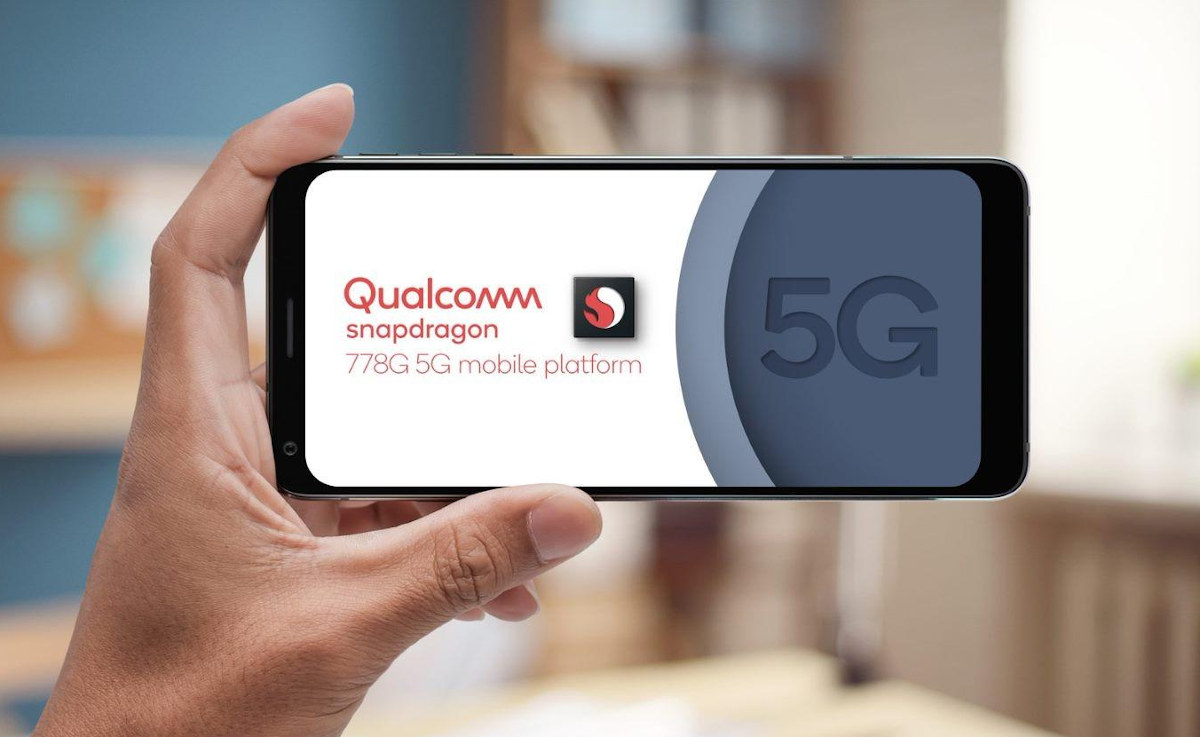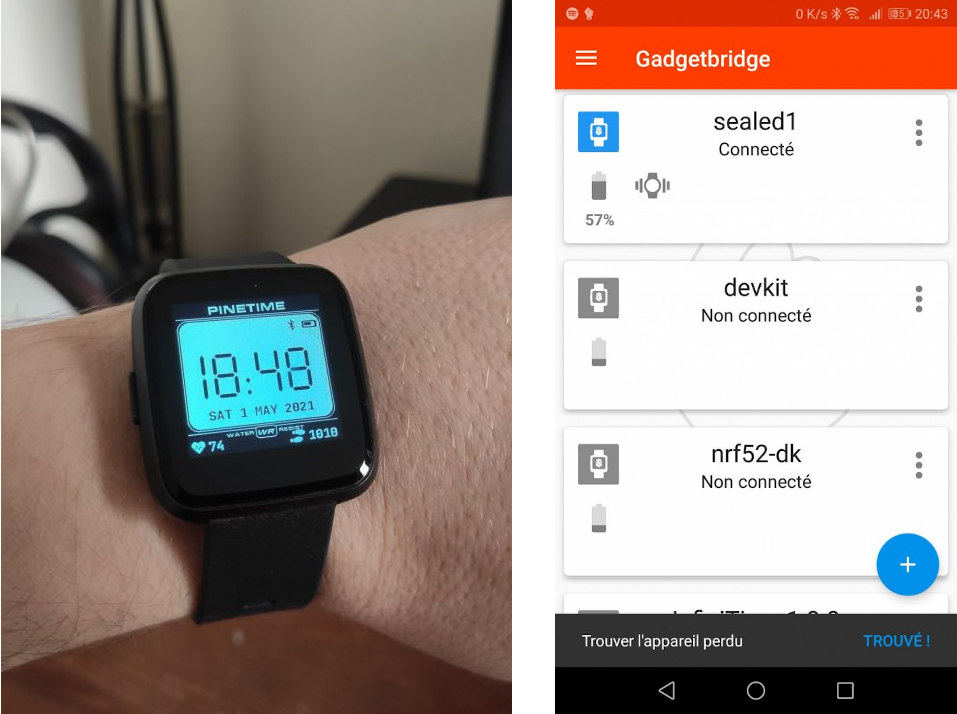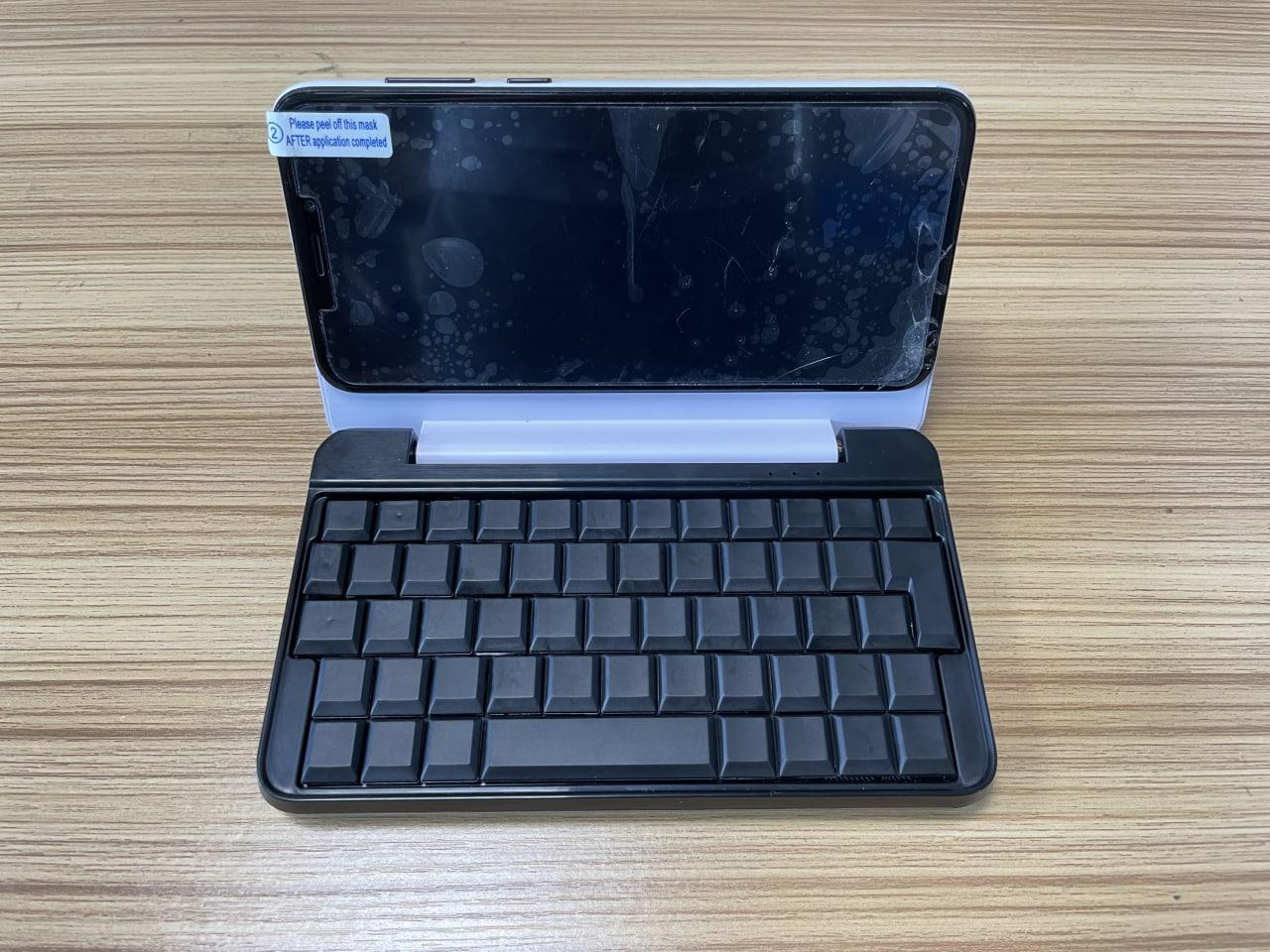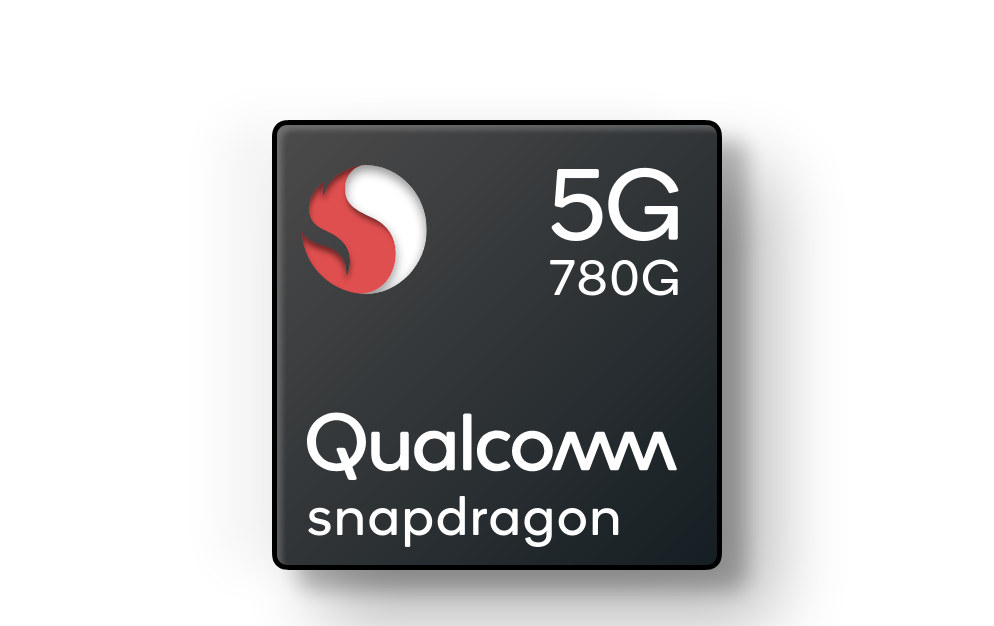There used to be “premium mid-range” smartphones, but Qualcomm now calls those “high-tier” smartphones in the recent announcement of Snapdragon 778G 5G processor succeeding Snapdragon 765G/768G 5G mobile platforms. The octa-core Cortex-A78/A55 SoC features a Snapdragon X53 5G Modem supporting up to 3.7 Gbps downlink, support FHD+ display up to 144 Hz, up to 16GB LP-DDR5 memory, and packs 12 TOPS of AI processing power. Snapdragon 778G (SM7325) specifications: CPU – Eight Kryo 670 CPU cores including 4x Arm Cortex-A78 @ 2.4GHz and 4x Arm Cortex-A55 @ 1.8GHz GPU – Adreno 642L with Vulkan 1.1, Snapdragon Elite Gaming features, H.265 and VP9 video decode, HDR10+, HDR10, HLG DSP – Hexagon 770 Processor with fused AI Accelerator architecture, Hexagon Tensor Accelerator, Hexagon Vector eXtensions, Hexagon Scalar Accelerator 2nd generation Qualcomm Sensing Hub Memory – Up to 16 GB LP-DDR5 memory up to 3200 MHz Display On-Device Display – up to FHD+ […]
Android 12 Beta released with revamped user interface
Google has just announced the release of Android 12 Beta. We already covered the first Android 12 developer preview with changes including support for AVIF image format, trust and safety improvement, and enhanced media transcoding. But with the release of Android 12 Beta, Google also introduced significant changes to the user interface created with a design language called Material You, plus some new features that we’ll explore in this post. The most notable user-facing changes include: Personalization – Your phone can now be personalized with a custom color palette and redesigned widgets. This is done automatically using color extraction from your wallpaper images, and Android 12 applies those colors across the entire OS including the notification shade, the lock screen, the volume controls, new widgets, etc… Fluid motion and animations – Google optimized the system to make animations more fluid by reducing the CPU time needed for core system services […]
Why you should request open-source software for your IoT devices
I usually think of open-source hardware and/or software are enabling skilled people to more easily fix bugs, improve on the design, get feedback from the community, etc… But in a world where IoT devices become more prevalent, there’s another reason why you should request open-source software: Long term support. What made me think about are two things. The first one if that I own WeLoop Hey 3S smartwatch, which I love and wear since March 2018. That’s quite a feat since most cheap devices I own often only last a few months or a year or so. I’m also used to the watch face and Weloop app interface. So what’s the problem exactly? WeLoop company closed on December 31, 2019, and while the app worked fine for about a year after that, recently I have been unable to login to the app to access my data and/or update settings for […]
MediaTek Dimensity 900 6nm SoC brings UFS 3.1, LPDDR5 to mid-range 5G smartphones
Arm Cortex-A78 and LPDDR5 would have been premium features not so long ago, but time flies, and the just-announced MediaTek Dimensity 900 5G SoC for mid-range smartphones includes two Cortex-A78 cores, six Cortex-A55 cores, support for LPDRR5/4 memory, UFS 3.1 storage, and of course 5G cellular connectivity up to 2.77Gbps. The mobile processor’s multimedia capabilities are pretty good as well with support for displays up to 2520 x 1080 resolution at 120 Hz, up to 108MP camera, 4Kp30 video with H.265, H.264, AV1, as well as an Arm Mali-G68 MC4 GPU and third-generation APU 3.0 AI accelerator. MediaTek Dimensity 900 specifications: CPU – Octa-core DynamIQ processor with 2x Arm Cortex-A78 @ Up to 2.4GHz, 6x Arm Cortex-A55 @ Up to 2GHz GPU – Arm Mali-G68 MC4 AI Accelerator – MediaTek APU 3.0 VPU Video Encoding – H.264, H.265 / HEVC up to 4K @ 30FPS Video Playback – H.264, H.265 […]
PinePhone Keyboard to make for a cheaper, albeit slower Cosmo Communicator
Pine64 PinePhone is a popular Linux smartphone among the developers and Linux enthusiasts’ communities and some of the most popular Linux operating systems support by the phone include KDE Plasma Mobile, PostMarket OS, Manjaro, and UBports for an Ubuntu Touch like interface. But soon, you’ll be able to use your PinePhone like a portable Linux computer, a 5.95-inch mini laptop of sorts, that’s similar to the 2-in-1 Cosmo Communicator device, but at a much lower price, albeit with lower performance, thanks to PinePhone Keyboard accessory. The PinePhone Keyboard is not quite ready yet, but Lukasz Erecinski (aka Luke) has shared the progress of the latest version of the prototype, and almost looks like a finished product, albeit we’re told another revision will be made as the tolerances on the keycaps are not suitable. Here are some of the main features we can expect from the keyboard: QWERTY keyboard (by default). […]
Samsung Galaxy Upcycling at Home program aims to repurpose older phones into IoT devices
Electronics waste, also as known as e-waste, has been a problem talked about for years, and in 2015 we asked the question “What do you do with your old devices and boards?” as many devices just end up collecting dust or stored in a drawer. Some better ways include giving or selling them to others, or repurpose them. For instance, a cheap Arm HDMI dongle can make a torrent downloader, an old phone can be transformed into a surveillance camera, an ATX power supply could be converted into a bench power supply, etc… But repurposing devices require some technical skills which many of the smart CNX Software readers have, but it’s unrealistic to expect the typical consumer to be able to hack their old devices into new ones using some tutorials found on the Internet. Samsung Galaxy Upcycling Program aims to make recycling upcycling easier for owners of Galaxy smartphones, […]
Snapdragon 780G 5G SoC announced with 12 TOPs AI performance, triple ISP, WIFI 6E
Qualcomm has just announced an update to its Snapdragon 765G 5G processor with Snapdragon 780G 5G mobile platform equipped with Qualcomm Spectra 570 triple ISP (Image Signal Processor) and a 6th generation Qualcomm AI Engine that delivers up to 12TOPS AI performance, or twice that of Snapdragon 765G 5G SoC. As a “G” part, Snapdragon 780G comes with Snapdragon Elite Gaming features to improve the gaming experience with updateable GPU drivers, ultra-smooth gaming, and True 10-bit HDR gaming. Snapdragon 780G also updates its 5G modem with Snapdragon X53 with peak download speeds of 3.3 Gbps on sub-6 GHz frequencies, and supports premium Wi-Fi 6/6E and Bluetooth audio features offered on Snapdragon 888 premium SoC. Snapdragon 780G 5G (SM7350-AB) key features and specifications: CPU – Octa-core Kryo 670 processor with 1x Arm Cortex-A78 @ 2.4GHz, 3x Arm Cortex-A78 @ 2.2GHz, 4x Arm Cortex-A55 @ 1.9GHz GPU – Adreno 642 with support […]
Beelink Expand X USB dock turns your phone into a computer
Beelink is better known for its Intel mini PCs, so the first time I saw Beelink Expand X I thought it was a mini PC somehow fitted with a smartphone stand… But instead, it’s a USB dock for your mobile phone or tablet, that comes with a foldable stand to use your smartphone into a computer by connecting it to a monitor, USB keyboard & mouse, and maybe throw a USB hard drive in the mix to complete your setup. Beelink Expand X specifications: Video Output – 1x HDMI port up to 4K UHD resolution USB 1x USB Type -C input port to connect to the host device (data, video, audio) 1x USB Type-C port for power/charging 2x USB 2.0 host ports 1x micro USB port to connect a PC Mode switch button Foldable stand for smartphone or tablet Dimensions – 120mm (length folded) x 65 x 13 mm (Full […]










